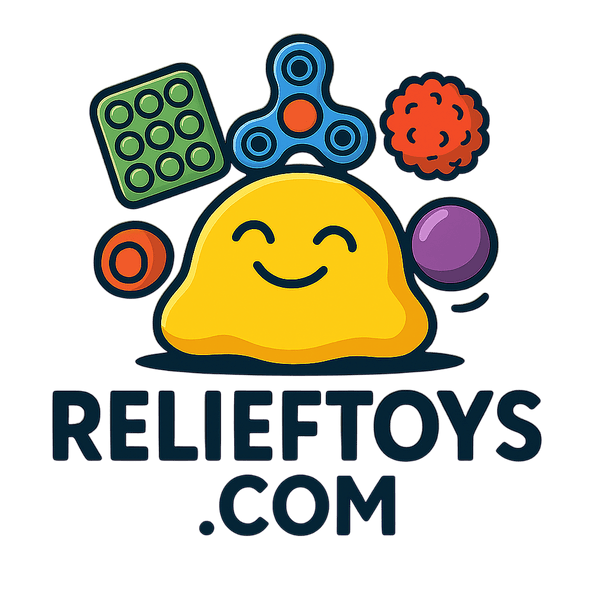How Fidget Toys Help Reduce Anxiety and Improve Focus
Share
I’ve never been someone who sits still very well. Even as a kid, my legs would bounce under the table, my hands would drum on the desk, and teachers would give me that look—the one that says, “Focus or fail.” At the time, I thought it was just me being fidgety. Turns out, there’s a science—and a little bit of magic—in why fidgeting can actually help us.
Fidget toys, in particular, have been game-changers. They’re small, simple, and in some cases, just kind of ridiculous-looking—but don’t underestimate them. The first time I tried one, it felt awkward. Spinning a tiny metal cube in my fingers or squeezing a soft squishy ball seemed… trivial. But the moment I started, I realized something: my brain, which usually jumped around like a squirrel on espresso, felt calmer. My thoughts slowed. My focus sharpened. Anxiety didn’t vanish entirely, but it got pushed to the background for a little while.
Why They Work
At a basic level, fidget toys give your hands something to do so your brain can do its thing. For people with anxiety, ADHD, or just plain restlessness, keeping your hands engaged can reduce mental noise. There’s also the physical part: tactile feedback. Pressing a soft squishy, clicking a pen, or rolling beads between your fingers creates sensory input that can calm your nervous system. It’s oddly satisfying. You might even catch yourself smiling mid-spin or mid-squeeze.
I’ve read the studies. The results aren’t magic—they’re science. Small, repetitive movements help release tension, reduce stress hormones, and improve blood flow, which can help you maintain focus. It’s not cheating; it’s self-regulation. And the beauty is that it works for a huge range of people. Students during finals, professionals in long meetings, or anyone dealing with that constant background hum of anxiety.
Finding the Right Toy
Here’s the thing: not every fidget toy will work for everyone. Some people swear by spinners, others love stress balls, and some find comfort in textured cubes or soft squishies. Personally, I’ve got a small rotation. My soft squishy cookie stress toy gets me through tense Zoom calls, while a tactile cube keeps me grounded during creative work sessions.
I’ve spent more hours than I care to admit browsing collections and trying things out. Sites like Relief Toys and guides like their Top 10 Stress Relief Toys That Actually Work helped me find the toys that genuinely make a difference. They aren’t flashy—they just work. Sometimes, that’s all you need.
A Small Daily Ritual
Incorporating fidget toys doesn’t have to be a big deal. Keep one at your desk, in your bag, or on your nightstand. The action is subtle. No one even has to know. It’s a quiet, personal tool you can use when your mind is racing or your hands need motion. Over time, it becomes a ritual. A small act of self-care that signals, “I see you, brain. I got you.”
A Little Real Talk
I won’t lie—fidget toys don’t cure anxiety. They don’t magically make focus perfect. But they give a bridge from chaos to calm, from scattered thoughts to steady ones. And if you’ve ever tried just forcing yourself to focus, you know how exhausting that can be. A little movement, a little tactile feedback, a little moment to breathe through your hands—it changes everything.
If you’ve never tried a fidget toy, consider this a nudge. Start small. Experiment. Laugh at how silly some of them look. Embrace the weird. Because the truth is, something that seems minor—spinning, clicking, squishing—can make a major difference in your day.
If you want to explore a curated collection and find the one that clicks with you, check out Relief Toys and their guide to stress relief toys here. Trust me, a tiny squishy or clicker in your pocket is worth the experiment.
